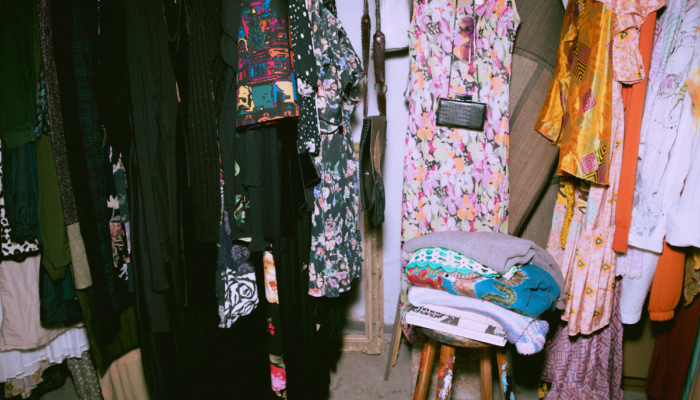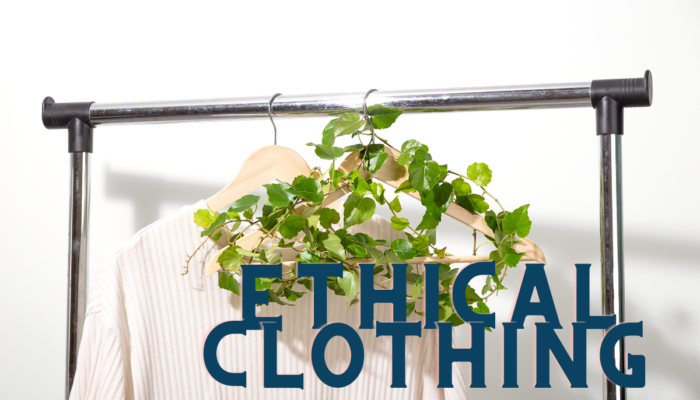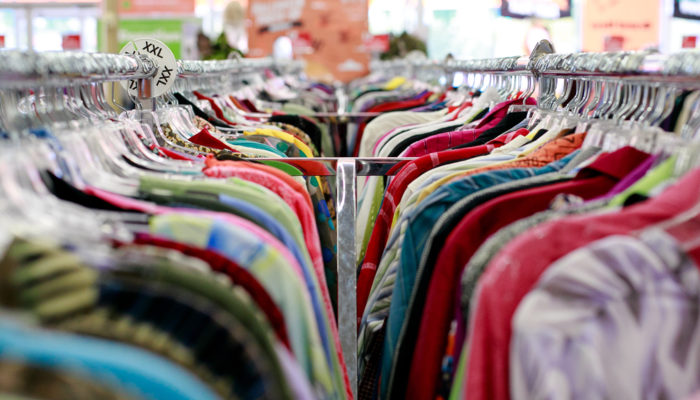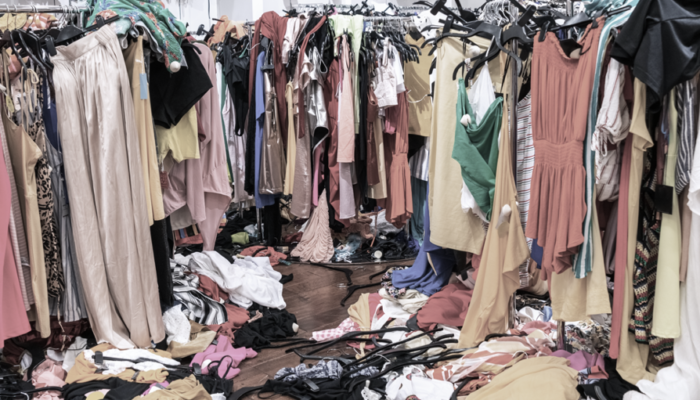Hot take The Zero Waste movement is failing.
Some key talking points
1. Barrier to entry The environmental movement has struggled with inclusivity and accessibility since its inception. Geographic location can heavily impact one’s ability to practice zero waste.
Bulk food stores, farmers markets and zero-waste shops sprout up in trendy metropolitan cities like San Francisco, but are rarely sighted in rural towns.
2. Trendy products = more consumption Pressure on companies to be more sustainable is seemingly a victory for environmentalists. However, as consumer-centric businesses seize upon Zero Waste trends, the advertising has paradoxically become about consuming more, rather than less (there are exceptions).
Alternatives to Zero Waste
- Diet Reducing consumption is largely considered the single most effective way to reduce your carbon footprint. Second to that is purchasing local foods and unprocessed foods.
- Transportation Reduce reliance on car and air travel. Use public transportation, or bike. Or, you can never leave your house again because... covid.
- Fast Fashion Avoid the incredible footprint of fast fashion. Buy second hand, stay informed. Unlearn the tendency to purchase quantity over quality.
- Activism The climate crisis was caused by individual consumers. To change what you can’t directly control, become involved in activism. Looking for a place to start? Try Fridays For Future or Sunrise Movement.
Proposal Instead of the Zero Waste movement, let’s call it the Low Impact movement. Names are powerful, and not only is this phrasing more attainable, it is less self-righteous and exclusionary.
This is a beautiful movement that has lost its authenticity. The more genuine we can make it, the more impactful and widespread it will become.
Dig deeper → 7 min








